Since it's been a relatively quiet off-season for the Indians, most of the talk has been about the 40-man roster and concern about the Rule 5 Draft. There has been a lot of confusion over who is eligible and who the Indians might lose in the draft. For those who don’t know how it works and want to get more info on it, take a look on this site and you can find that Tony has explained it many times. I wanted to quickly just touch on the monetary side of the draft. If you select a player, you must pay his team 50K for the selection; if that player doesn’t make the team’s 25-man roster then he can be returned to the original team if the original team is willing to pay a 25K return fee.
This article is a five year look back at the Rule 5 drafts to help give an idea of who typically gets taken in the draft. I tried my best to locate every trade, but I admit I might have missed one or two as many of these players have little or no information on them, thanks to the fact that few of them actually play any significant time in the majors. One thing to keep in mind is that when I talk of trades I mean trades where teams work out a deal to keep a player they selected and send him to the minors. I am not counting deals where Rule 5 selections are traded on draft day. In addition, I would list a player as an SP if that was what he primarily did the season before in the minors; most pitchers even when SP in the minors are going to be a MR if they get taken in the Rule 5 draft.
2003
In the 2003 Rule 5 there were a total of 20 selections, only 7 of which were kept (roughly 1/3). There was one trade which most Indians fans will remember: the Indians traded a selected player, Willy Taveras, along with Luke Scott for Jeriome Robertson. While a stinker of a deal now, I can’t fault the Indians for trading for a lefty coming off a 15 win season in a hitter’s park. The break down of players selected in the draft is as follows:
SP 1 (5%)
MR 12 (60%)
C 0 (0%)
1B 1 (5%)
2B 0 (0%)
SS 2 (10%)
3B 0 (0%)
UTIL 2 (10%)
OF 2 (10%)
Indians selected: 4 (20%)
The four Indians selected in the draft were Willy Taveras, Hector Luna, Lino Urdaneta, and Matt White. Of these players only Luna was not offered back to the Tribe. The biggest name selected in the draft was either Taveras or Chris Shelton to
2004
In the 2004 Rule 5 Draft there were 12 players selected and of those only 3 were kept. There were no deals and the Indians did not have any selected this year. The break down this year was:
SP 3 (25%)
MR 5 (42%)
C 0 (0%)
1B 0 (0%)
2B 0 (0%)
SS 0 (0%)
3B 1 (8%)
UTIL 0 (0%)
OF 3 (25%)
Of the players kept, the player who hasn’t gotten much publicity is Andy Sisco, someone people made a big deal of when he was first drafted but who has really failed to do much since then. The best player selected in this draft was Shane Victorino, but he was not actually kept. Victorino could not make the Philly squad, but the Dodgers didn’t want to pay the money for the return fee so Philly was able to keep him. It’s undoubtedly a mistake the Dodgers regret to this day as the return fee is virtually nothing.
2005
In the 2005 draft there were again 12 selections and only 3 players kept. I also found no trades and zero Indians selected. The break down this year was:
SP 2 (17%)
MR 8( 67%)
C 0 (0%)
1B 0 (0%)
2B 1 (8%)
SS 0 (0%)
3B 0 (0%)
UTIL 0 (0%)
OF 1 (8%)
The big player that was selected during this year was Dan Uggla, who moved from
2006
This year there was a rise in both players selected and kept. There were 19 players taken and 4 kept, but the percentage of players kept dropped to 21%. There were also two trades that happened this season. The first player taken was an Indian, Ryan Goleski, but I am sure Oakland wishes they had taken Josh Hamilton instead. Here is the break down for the draft:
SP 1 (5%)
MR 10 (53%)
C 3 (15%)
1B 1 (5%)
2B 0 (0%)
SS 0 (0%)
3B 0 (0%)
UTIL 2 (11%)
OF 2 (11%)
Indians selected: 2 (11%)
This is the most interesting draft in this five year cycle because not only were there two Indians taken, but one all-star and one soon to be all-star were selected. The two Indians were Ryan Goleski and Jim Ed Warden, both of who were returned to the Tribe. The all-star players that year were Josh Hamilton and Joakim Soria. Both players were surprise picks at the time but have looked like genius since then.
2007
Last year’s draft saw a total of 18 players drafted, and of those 18 only 3 were kept. Once again the percentage of players kept this time was around 17%. In terms of trades there were a total of four, so a lot more players were able to stay with the team that selected them. There were two Indians selected and one of them, Brian Barton, was one of the players kept. Here is the break down:
SP 2 (11%)
MR 12 (67%)
C 0 (0%)
1B 0 (0%)
2B 1 (5%)
SS 0 (0%)
3B 1 (5%)
UTIL 0 (0%)
OF 2 (11%)
Indians selected: 2 (11%)
With this draft there was no marquee name. It can be argued that Barton did the most of any player that was kept as the other two were middle relievers that didn’t show much. Once again the draft was dominated by guys who teams take a flier on to see if they can help the pen. After all, 50K is cheaper than even the minimum FA contract.
5-Year Total
Now, if the data from the past five years is added together, it is possible to see what and who a team like the Indians could lose. In the five year cycle there were 81 players selected and a total of 21 kept, so roughly only 26% of all players selected stick. The average amount of players selected every year is 16, which basically means an average of four players leaving teams. In that same time there were 7 trades, so it also seems a lot of teams were unwilling to trade a prospect that was selected from their team. Here is the break down:
SP 9 (11%)
MR 47 (57%)
C 0 (4%)
1B 2 (2%)
2B 2 (2%)
SS 2 (2%)
3B 2 (2%)
UTIL 4 (5%)
OF 10 (12%)
Indians selected: 8 (10%)
What these data show (to me, at least) is that the main use of the Rule 5 Draft is to find bullpen help. There are also a decent amount of outfielders and starting pitching, but by and large the draft is dominated by bullpen help. It is a bit disturbing to see 10% of all players selected come from the Indians. One might think, well, on a positive note, in the cycle only two Indians were lost by being selected and kept on roster the whole year, except that if you take the two out of the total players it means that of all the players kept in the last five years, 10% were from the Indians. The two players the Indians lost were Brian Barton and Hector Luna, so it goes against the rest of the data since you would expect at least one of the lost players to be a bullpen arm.
I believe the Indians will have two to three players selected, but I also expect most of them to be returned. Looking at all the data, I feel the most likely to be selected and lost is Jordan Brown (advanced bat and plays multiple positions). I expect some team to take a chance on Neil Wagner because of his velocity and the fact that he’s a bullpen guy. On a team like SD or Bal, why not roster a guy who can get it up there at 98; the only issue is that he spent a good chunk of the year in A.
I would not be shocked to see anyone else taken, but every other player has some detracting issue. Stephen Head plays the best first base in the whole system and had a solid year, but the previous lackluster seasons and lack of patience at the plate might scare teams. Lofgren has a lot of talent, but this year was very rough and the jump from AA to the majors is huge. Randy Newsom had another great year, but some still view him as a gimmick pitcher. If a 2nd or 3rd player is selected I would expect it to come from that group.
I personally think every one of these guys can help the Indians at some point and hope none get selected, but at the same time I just see no way the Indians get through this year unscathed. The draft is quickly approaching and I know everyone here will be checking the results – let’s just hope there aren’t too many Indians on it.









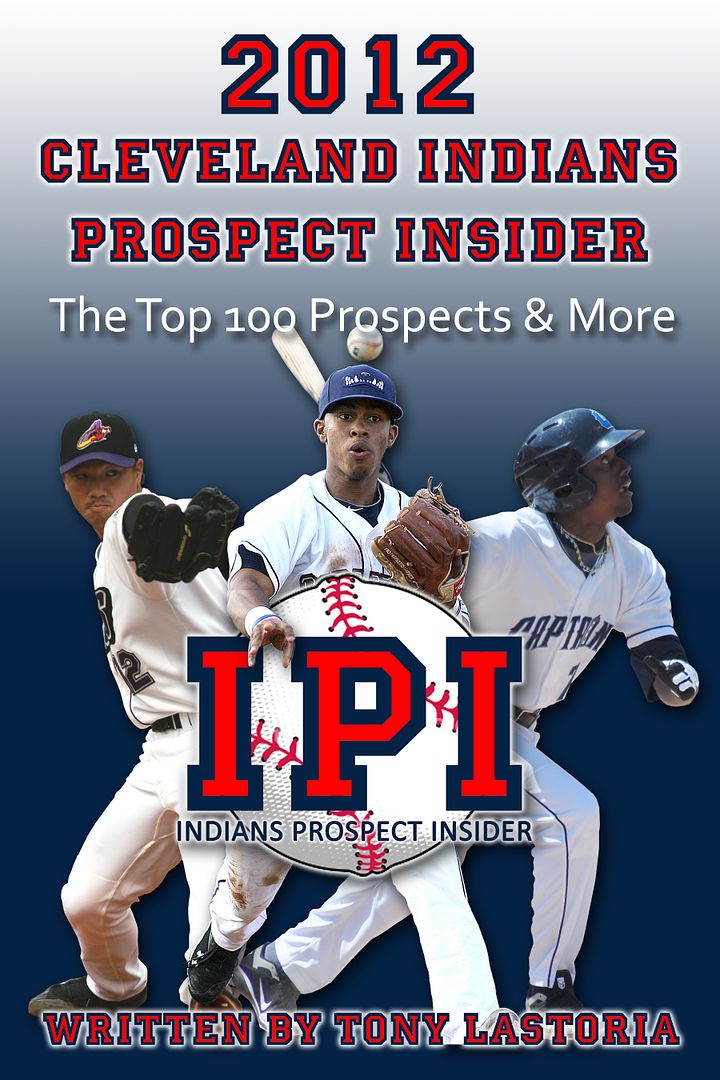
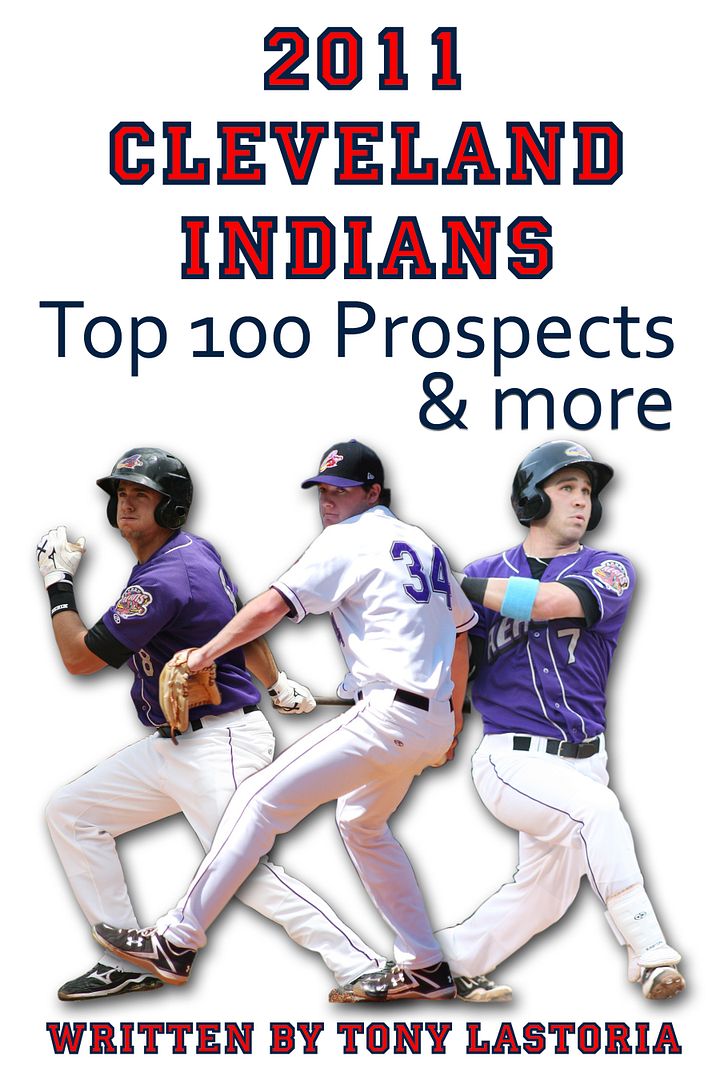
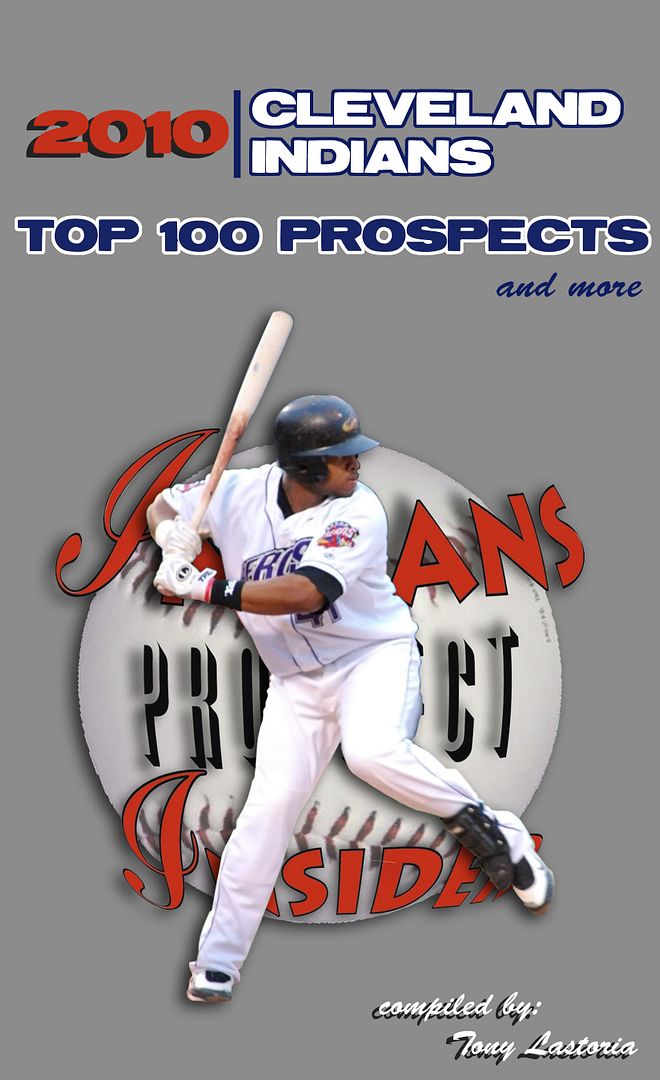
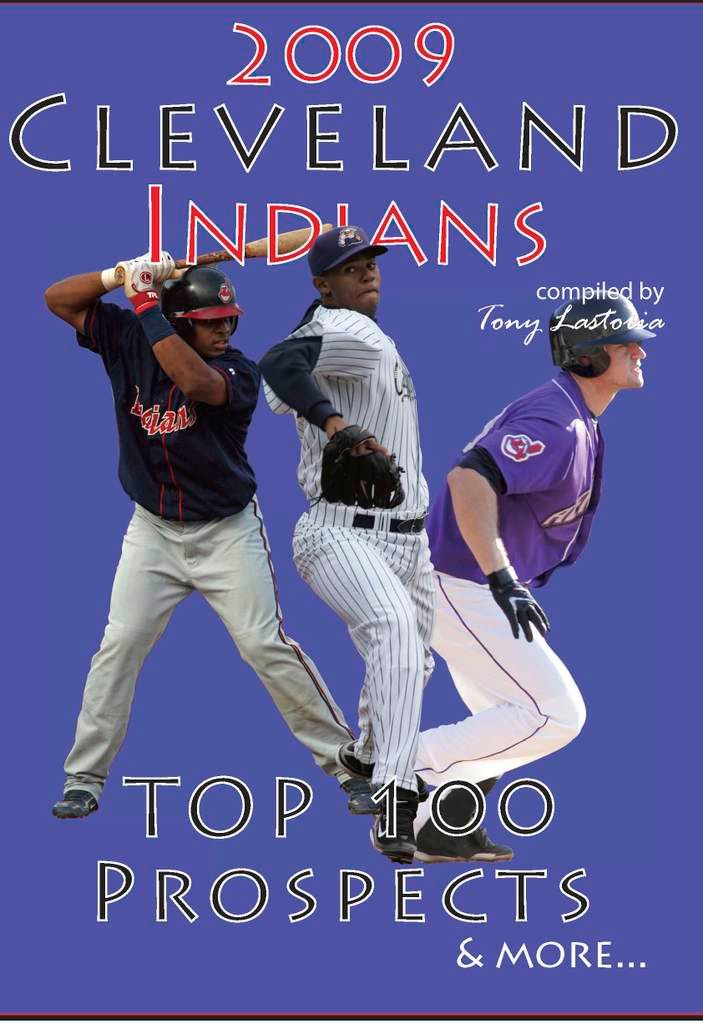
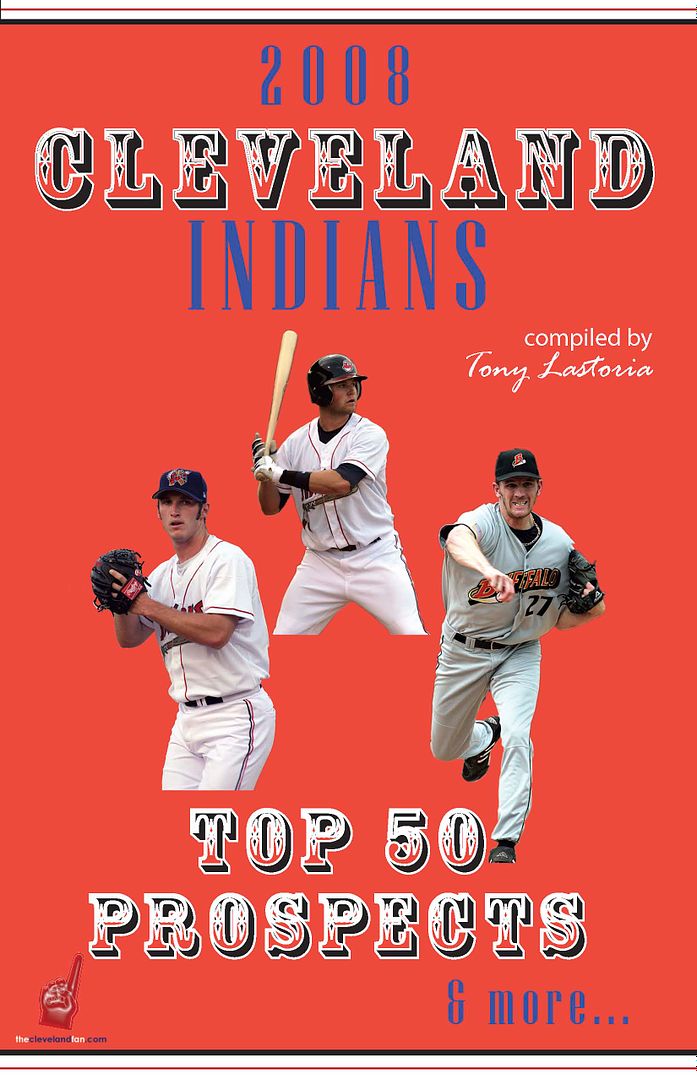
 Everything on this site is free, but for those interested in making any monetary contributions to help support the stability and growth of this site please click on the "Donate" button below.
Everything on this site is free, but for those interested in making any monetary contributions to help support the stability and growth of this site please click on the "Donate" button below.


6 comments:
I know someone else did the research ... yet a good thing to add next time would be out of the # of people taken, how many were due to being kept on roster and another via trade
I still have all my data, but I guess I am a bot confused, do you want the number of players other teams kept via trades total percentage in addition to the percentage that were kept. I can edit and add it on at any point
Yes ... if 25% who are selected are ultimately kept. I assume it is more like 5% to 10% that are kept on the MLR the whole year. The rest are kept via a trade.
I think it shows that a lower % are really kept via Rule 5 draft where teams usually get their players back unless they know that there is no room for them and let them go via a trade at the end of spring training
I think you already did it ... just didn't catch it.
If 21 of 86 selected were kept (26%) and 7 were due to trades then 14 stayed on the roster the whole season (17%) and 7 were able to be sent to the minors due to a trade (9%).
Right?
So if Brown has a 50% chance of being selected then he has a 9% chance of being lost in total for nothing in return (50% * 17%) and a small chance of being traded.
Yeah I commented on the total trades found just didnt post that percentage, because I found so few trades for the most part since it was so hard to find data on the players selected.
I think Brown will be selected I would put that at 80 to 90%, but if the other team doesnt keep him on roster I would say it is very unlikely that the Indians then trade him back in a minor deal. Only way I could see it if is both aubrey and Head are destroying AAA hitting so brown's AB's would be hard to come by.
Brown has at best a 50% chance of being selected, and based on the three orgs I have talked to it is well below that actually. Newsom, Lofgren and Wagner seem to be getting the most interest.
Post a Comment